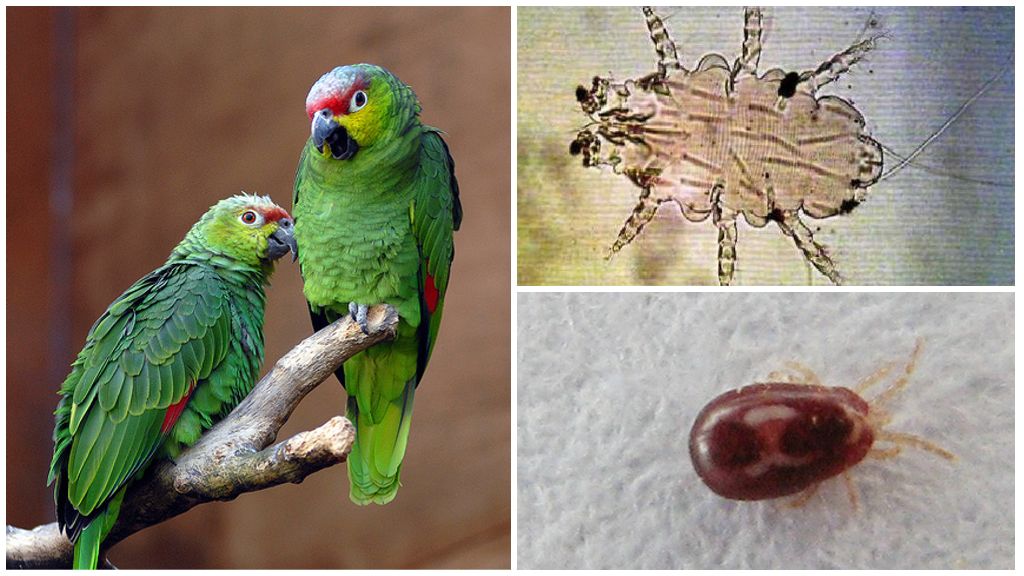- Tick
- A tick in a cat or cat
Most city cats do not walk on the street, but ticks manage to find animals even in the apartment. Using their strong curved paws, arachnids climb the walls to the windows and crawl into the apartment through cracks or an open window. Therefore, knowledge of how to get a tick from a cat will be useful even to those owners of tailed pets who never let their pets out.
How to detect a tick
You can still find a sucked parasite by carefully examining and stroking the cat. Suckers are sometimes more difficult to find. Ticks prefer to stick in animals in places with the thinnest skin:
- ears
- eyelids
- lips
- groin area;
- anus.
But ticks may also appear on the cat’s neck or back. In thick coats, parasites are easiest to find by scratching the cat thoroughly.
Important!
Do not iron on the wool, but scratch even against the wool. Even a hungry but already sucked tick under the fingers feels like a solid mobile tubercle. Having found such a tubercle, you need to disassemble the hair and make sure that there is a parasite. Sometimes for a tick you can take an old sore that has begun to lag behind the skin. On the stomach, the main thing is not to confuse ticks with nipples, which are not only in cats, but also in cats.
How to remove a tick in a cat
After detecting a bloodsucker, you can proceed to its removal:
- take the cat more comfortable;
- try on a tick;
- grease scratched hands with green;
- drive the cat in a carrier and take to a veterinary clinic.
Most cats really, with any attempt to manipulate them, start to fight for life as if they know for sure that they received an order for a hat from their skin.
But ways to get a tick out of a cat at home exist. If the cat really does not like such manipulations, it can be immobilized by driving it into the sleeve of the jacket so that the head sticks out of the sleeve. After that, all the manipulations can be carried out quite calmly with the head and in the tail region.
On a note!
Vetclinics have a special “sleeve” that allows them to immobilize a cat and provide access to any part of the animal’s body, depending on the procedures being performed.
How to correctly remove a tick

Do not give in to tips to spray the already sucked arachnid flea remedy. The bloodsucker will die. But not at once. And before death, it will throw out the contents of the intestine into the blood, along with all the causative agents of infections in the intestines. The proboscis of the dead parasite will remain in the skin of the animal and breaks off when trying to remove the corpse.
It is also bad advice to lubricate the bloodsucker with oil / nail polish / acetone / gasoline and other household chemicals. Another day arthropod will live, suffer and infect the victim with viruses.
For cats, the arsenal of arthropod removal products is less than for humans. But the same tools are used:
- industrial;
- syringe;
- tweezers;
- thread.
Industrial special devices, allowing you to remove the tick without squeezing its body. They may look like a mini nail clipper or a special loop of thin wire that retracts into the grip.
The device is carefully brought under the tick and unscrew it like a screw.To turn out the parasite, it is twisted counterclockwise.
Important!
In no case can you roughly tear up an arachnid. In this case, it is easy to tear off the head, which remains in the skin.
In the absence of special devices, you can rid the animal of the parasite with tweezers. Not a very desirable option, since unscrewing the tick with tweezers without squeezing the body of the arachnid, the task is difficult.
Tweezers
The tweezers are brought as close to the skin as possible and the head is clamped. ixoda under the body. Then they are removed, also twisting counterclockwise.
Thread
A loop of thread is thrown over the arthropod's head, it is pulled and the parasite is removed, gently swinging it from side to side. With this method, the head of the arachnid often comes off.
Tick torn

When the parasite is not carefully removed with tweezers or a thread, the head often remains in the skin of the animal. She looks like a black dot if the cat's skin is white. If the skin is black, it is impossible to make out the proboscis. If the head of the tick remained in the cat's body, 2 options are possible:
- wait until it comes out;
- remove with a needle.
In the first case, usually no complications occur. Sometimes, in place of the proboscis remaining in the skin, a solid tubercle appears, which disappears after a while.
In the second case, in order to pull out the head of the tick from the cat, they take an ordinary disinfected needle and pick it out as a splinter.
Important!
Kot will definitely not like such manipulation.
Veterinarian
If the cat did not manage to remove the tick at home, and the owner already needs medical help, there is only one way out: a visit to the specialists. How much the “remove tick” service costs depends on the region and the level of the clinic. In Moscow, a tick will be obtained for 150 rubles, in Dzerzhinsk for 50 rubles.
In veterinarians the cat is immobilized in the “sleeve” and the parasite is pulled out using industrial tools to extract arachnids. At the request of the owner can hold parasite analysis for the presence of infectious diseases. If the ixod was infected, treatment of the cat is best started as soon as possible.
The animal is not given
If the cat’s character is such that it can neither be immobilized on its own nor put into a carrier for a trip to the veterinary clinic, there is only one way out: let it go by its own accord. If a cat is not pulled out, usually nothing bad happens. The parasite either falls off itself, drinking blood, or the cat combes it. In this case, combing is possible at the site of the bite. But the immune system of cats most often copes with this problem on their own.
As the arthropod falls off on the floor of the apartment, one must be prepared for the fact that soon hordes of larvae will fill the house.





